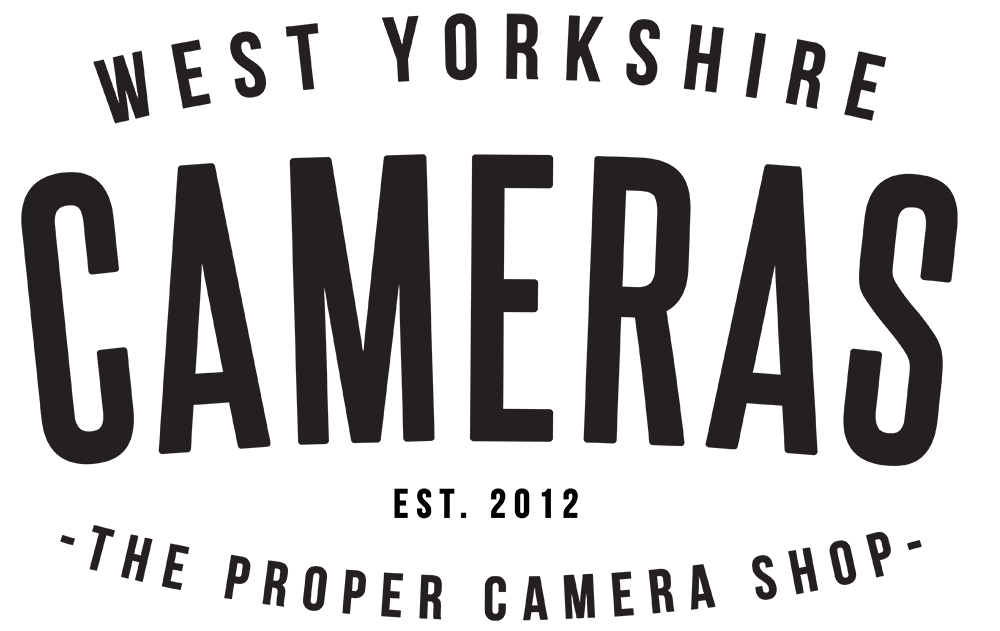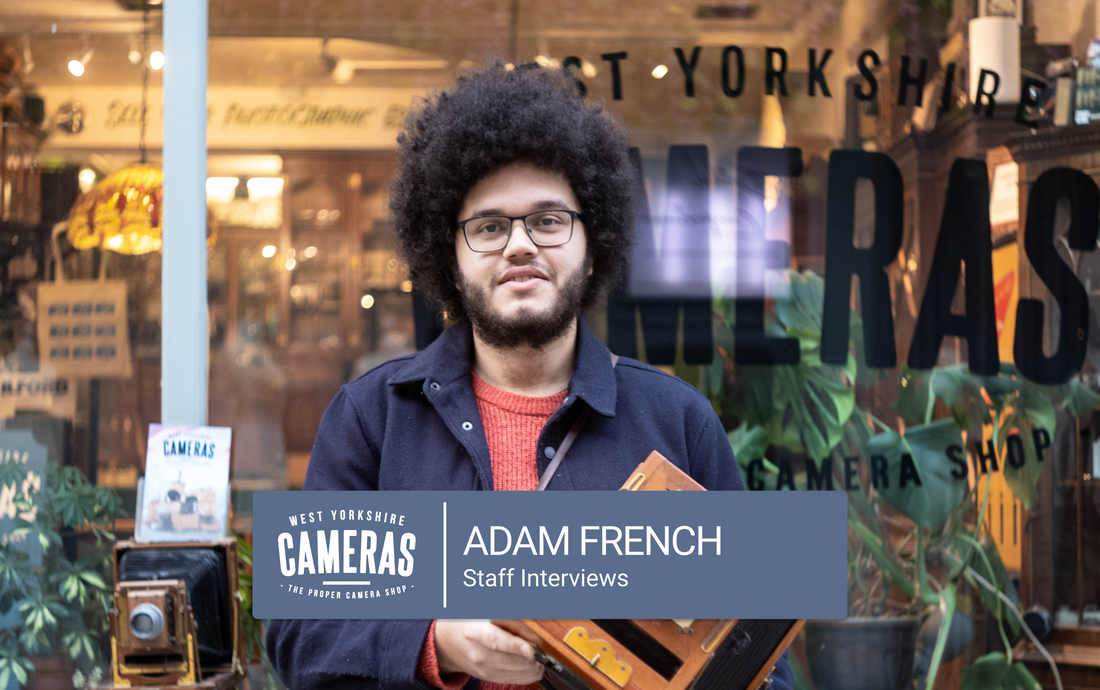TELL US A BIT ABOUT YOURSELF.
I am Adam, use stupid odd cameras, big cameras, convoluted processes, [attempt to] fix watches and listen to records.

HOW DID YOU FIRST GET INTO PHOTOGRAPHY?
My Mum’s most prized possession is two large boxes full of photos and negatives that she has spent her life collecting since all her childhood photos bar a few were lost. So I’ve been constantly taking photos of everyone and everything for as long as I could afford a camera to build up a large record of life around me.

Eastman View Half Plate, Kodak Aero Ektar 178mm f/2.5, Expired Kodak Bromesko Paper Negative, Albumen Print
WHAT DREW YOU TO FILM SPECIFICALLY?
I wanted to go into a science-based or history-based career originally, but also doing arts and making things is something I’ve always done. Weird historical traditional chemical processes using cameras that I have to continually keep fixing is perfect harmony of all these things. My Grandad and Dad were engineers so making things is what I seem to be able to do innately, so from my first 8x10 I built out of theatre staging back in college I’ve been shooting film and paper, learning more historic and weird techniques and making odd cameras and modifications.

Whole Plate, Dallmeyer Pentac 8" f/2.9, Ilford MGIV Paper Negative, Albumen Print
TELL US A BIT ABOUT YOUR STYLE OF PHOTOGRAPHY.
The styles I tend to gravitate towards are pictorialism and early photographers like Julia Margaret Cameron, Anne Brigman and Lewis Hine, more modern being Ata Kando, Dan Estabrook and Eric Antoine, generally portraiture in natural outdoor light. Conversely, the styles of the Japanese Provoke era photographers and their artistic descendants like Junku Nishimura influence my smaller format work.
As for processes, paper negatives, X-ray negatives, handmade SE1 silver gelatin glass plates, and Greenlaw’s Calotype process are the main negative processes I do. The outcomes are usually printed with normal silver gelatin papers on modern or ancient paper, lith printing, salt printing, albumen print or cyanotype.

Whole Plate, Dallmeyer Pentac 8" f/2.9, Ilford MGIV Paper Negative
TELL US ABOUT THE GEAR YOU HAVE AND YOUR FAVOURITE CAMERAS.
I have an awful lot of cameras in all manner of formats. Starting with the movie format Ansco Memo of 1927 up to 8x10 and all the normal and plate sizes in between. Walking around I prefer my Leica II with a Summar or M2 with a Summarit 5cm f/1.5 if I’m wanting something portable. Otherwise, a 4x5 Graflex with some random faster lens is fun or the Plaubel Makina II. The gear that I use most frequently is a host of large format cameras, 4x5, quarter, half, whole plate and 8x10 with a couple of Petzval lenses, weird fast ex-military exotic stuff, wangle Dagors, RR’s and meniscus lenses I’ve acquired over the past few years. The latest heavy chunk of glass being the 4x5 MPP-Micropress-front-standard-bending Rathenow 183mm f/1.9. If I had to pick one, it would be my whole plate with my beaten up and scratched-to-death Dallmeyer Pentac 8” f/2.9; it’s so much more compact than my 8x10 but still has a decent size negative for contact printing.

Whole Plate with Dallmeyer 8” f/2.9 Pentac

Black Paint Leica II with a 5cm f/2 Summar
WHAT IS YOUR FAVOURITE FILM STOCK?
Whatever I can get a negative out of in my various large format cameras, most of the time it is an Ilford Multigrade RC or expired Koday Bromesko. Agfa Ortho CP-G+ Expanded Sensitivity X-ray for sheer speed [a whopping ISO 80] or Fuji IX-50 Industrial X-ray for detail can be used depending on the circumstances and light quality. As a standard film in more conventional formats, it would be FP4 rated at ISO 400 and developed in Rodinal.

Leica M2, Summarit 5cm f1.5, Fp4 at ISO 400, Lith Print on Ancient Agfa Brovira
WHAT IS YOUR FAVOURITE THING ABOUT WORKING AT WYC?
Honestly? The varied assortment of ‘things’ that we get. The things that are the most interesting are what others would assume are rubbish! For example, we recently got a Minolta DiMAGE V in a collection, it’s a very early point-and-shoot that doesn’t even shoot at a single megapixel. This one had a detachable camera module which made it look like a set of nunchucks. Another few cameras that stick out to me are the Konica Kanpai (which you can scream at for it to take a photo), and the Konica AiBORG. (please watch the amazing promotional video for this) It’s also interesting to get film through some of the more odd cameras that you usually can’t get film for, like the Mycro cameras or strange, small odd format plate cameras.

Whole Plate, Clement & Gilmer f/8, Ilford MGIV paper neg, Albumen Print
WHAT WOULD YOU SAY THAT YOU’VE LEARNT FROM WORKING AT WYC THAT YOU’D LIKE TO SHARE?
I guess I’d have to say that it’s taught me how even the most minor bits of advice can make such a difference in people’s lives. Through this job, we connect with so many different people and introduce them to this new hobby, and some of them incorporate photography into their daily lives. I’ve learnt to pass on a lot of very niche and important knowledge to people, it’s very rewarding to me.
You can find more of Adam's photography on his website, or his instagram.


Whole Plate, Dallmeyer Pentac 8" f/2.9, Ilford MGV Paper Negative, Albumen Print